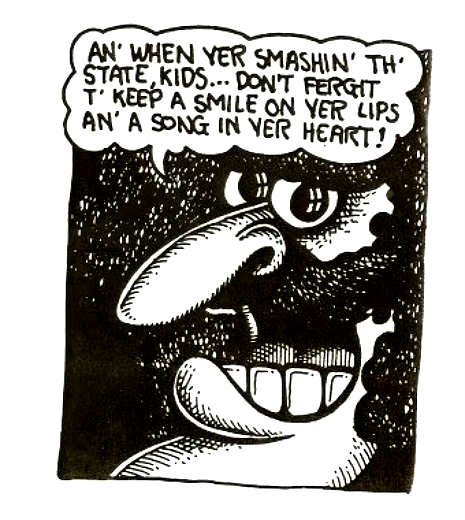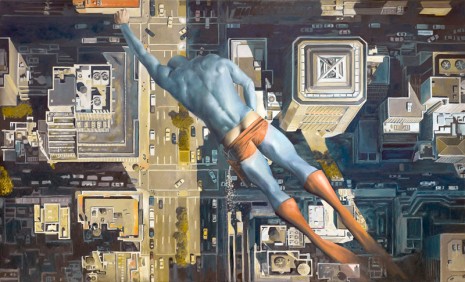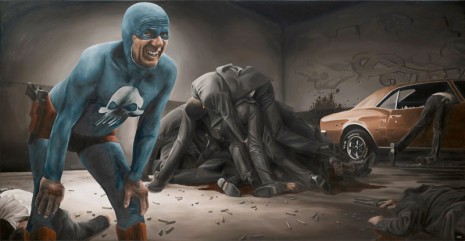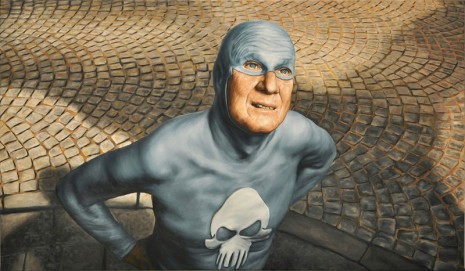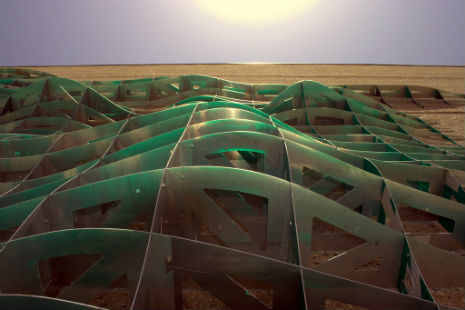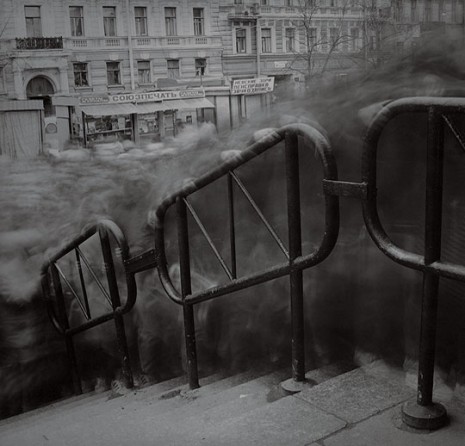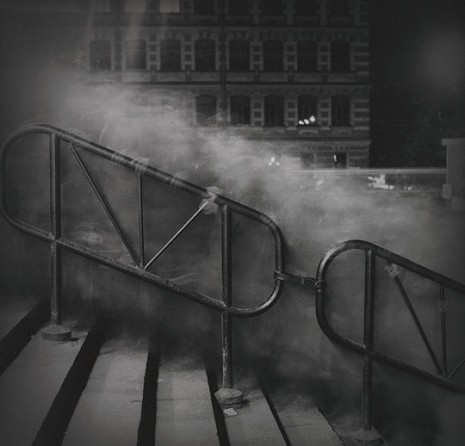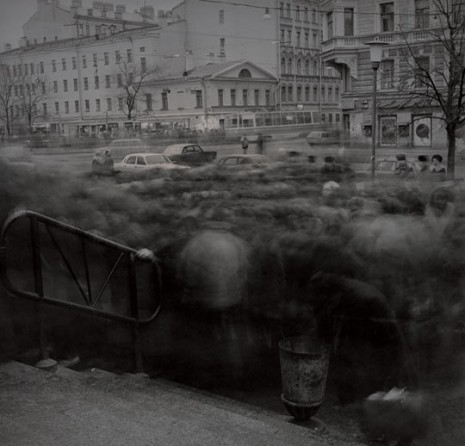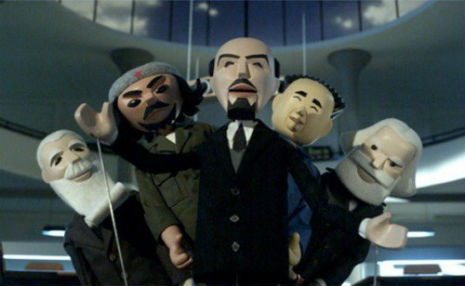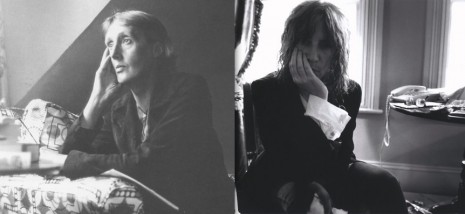
Virginia Woolf put stones in her pocket, left home, and walked out into the River Ouse. It was March 28th 1941.
Drowning isn’t the easiest of deaths, it can take up to 7 minutes. We can pretend and romanticize it as much as we want, but it was not an easy death.
In January 1941, Woolf had dropped into depression, she wrote in her diary:
January 26th 1941
“A battle against depression…I think, of memoir writing. This trough of despair shall not, I swear, engulf me.”
Then 3 weeks before she took her own life:
Sunday March 8th 1941
“I intend no introspection. I mark Henry James’ sentence: observe perpetually. Observe the oncome of age. Observe greed. Observe my own despondency. By that means it becomes serviceable. Or so I hope. I insist upon spending this time to the best advantage. I will go down with my colours flying.”
Woolf fought. Woolf struggled. Woolf lost. Or, rather we lost. In a note to her husband Leonard, she wrote:
Dearest, I feel certain that I am going mad again. I feel we can’t go through another of those terrible times. And I shan’t recover this time. I begin to hear voices, and I can’t concentrate. So I am doing what seems the best thing to do. You have given me the greatest possible happiness. You have been in every way all that anyone could be. I don’t think two people could have been happier ‘til this terrible disease came. I can’t fight any longer. I know that I am spoiling your life, that without me you could work. And you will I know. You see I can’t even write this properly. I can’t read. What I want to say is I owe all the happiness of my life to you. You have been entirely patient with me and incredibly good. I want to say that – everybody knows it. If anybody could have saved me it would have been you. Everything has gone from me but the certainty of your goodness. I can’t go on spoiling your life any longer. I don’t think two people could have been happier than we have been. V.
The fear of madness had always been there, and once described her nervous breakdown:
“My own brain -
“Here is the whole nervous breakdown in miniature. We came on Tuesday. Sank into a chair, could scarcely rise; everything insipid; tasteless, colorless. Enormous desire for rest.
“Wednesday - only wish to be alone in the open air. Air delicious - avoided speech; could not read. Thought of my own power of writing with veneration, as of something incredible, belonging to someone else; never again to be enjoyed by me. Mind a blank. Slept in my chair.
“Thursday. No pleasure in life whatsoever; but felt perhaps more attuned to existence. Character and idiosyncrasy as Virginia Woolf completely sunk out. Humble and modest. Difficulty in thinking what to say. Read automatically, like a cow chewing cud. Slept in chair.
“Friday : sense of physical tiredness; but slight activity of the brain. Beginning to take notice. Making one or two plans. No power of phrase-making. Difficulty in writing to Lady Colefax. Saturday (today) much clearer and lighter. Thought I could write, but resisted and found it impossible.
“A desire to read poetry set in on Friday. This brings back a sense of my own individuality. Read some dante and Bridges, without troubling to understand, but got pleasure from them. Now I begin to wish to write notes, but not yet a novel. But today scenes quickening. No ‘making up’ power yet: no desire to cast scenes in my book. Curiosity about literature returning; want to read Dante, Havelock Ellis and Berlioz autobiography; also to make a looking glass with shell frame. These processses have sometimes been spread over weeks.”
Even at its worst, Woolf’s desire for creativity, to create, to write, to survive, never weakened.
Monday October 25th (First day of winter time)
“Why is life so tragic; so like a little strip of pavement over an abyss. I look down; I feel giddy; I wonder how I am ever to walk to the end. But why do I feel this: Now that I say it I don’t feel it. The fire burns; we are going to hear the Beggar’s Opera. Only it lies about me; I can’t keep my eyes shut. It’s a feeling of impotence; of cutting no ice.
Here I sit at Richmond, and like a lantern stood in the middle of a field my light goes up in the darkness. Melancholy diminishes as I write. Why then don’t I write down oftener? Well, one’s vanity forbids. I want to appear a success even to myself. Yet I don’t get to the bottom of it. It’s having no children, living away from friends, failing to write well, spending too much on food, growing old. I think too much of whys and wherefores; too much of myself. I don’t like time to flap around me.
Well, then, work. Yes, but I so soon tire of work - can’t read more than a little, an hour’s writing is enough for me. Out here no one comes in to waste time pleasantly. If they do, I’m cross. The labour of going to London is too great. Nessa’s children grow up, and I can’t have them to tea, or go to the Zoo. Pocket money doesn’t allow of much. Yet I’m persuaded that these are trivial things; it’s life itself, I think sometimes, for us in our generation so tragic - no newspaper placard without its shriek of agony from someone. McSwiney this afternoon and violence in Ireland; or it’ll be the strike.
Unhappiness is everywhere; just beyond the door; or stupidity, which is worse. Still I don’t pluck the nettle out of me. To write Jacob’s Room again will revive my fibres, I feel. Evelyn is due; but I don’t like what I write now. And with it all how happy I am - if it weren’t for my feeling that it’s a strip of pavement over an abyss.
On March 28 2008, Patti Smith read a selection of interpretations from Virginia Woolf’s The Waves, creating an abstract impression of the writer. As Patti explained in an interview with Sean O’Hagan:
‘Virginia wrote The Waves for her brother, Toby. I think that’s part of the reason I chose to read from it. I feel very comfortable in those areas. I feel comfortable with her clawing her insides out to express her grief about her brother. I feel very comfortable when she writes about looking in the mirror and seeing the gaunt, greying face of her dying mother and also feeling strong and OK about that. Maybe that’s why I didn’t come to her work until late in life. I hadn’t gone though enough before to understand what she had to offer as a person and as an artist.’
Patti Smith is “waving to Virginia”, with accompaniment from her daughter, Jesse Smith on piano.








